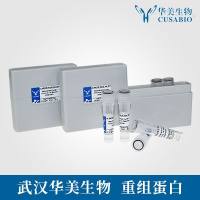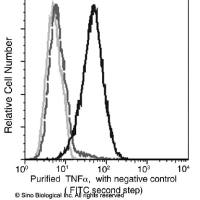Cell Grafting and Fate Mapping of the Early-Somite-Stage Mouse Embryo
The development of techniques for culturing postimplantation mouse embryos has opened up the possibility of continuous observation of embryonic development in vitro. Current methods have supported extensive growth and morphogenesis of the mouse embryo from the stage of gastrulation (at approx 6.5 d postcoitum [dpc]) to as far as late organogenesis (10.5 dpc). Our capability to grow the postimplantation embryo outside the confine of the uterine environment has also offered an unique opportunity to study development through direct microsurgical manipulations, or, in short, micromanipulation (1 ). These manipulations generally fall into two types, the removal of cells or tissues from the embryo and the introduction by transplantation (or grafting) of cells or tissues to the embryo (2 ). The outcome of cell or tissue ablation provides an assessment of the role played by these cells or tissues in the development of the embryo and the ability of the remaining cells to compensate for the loss of the tissues (3 ). The addition of cells is achieved by microinjection of single cells or groups of cells using micropipets. Large fragments can also be transplanted by grafting parts of an embryo to defined regions of another embryo. In both cases, the cells or tissues are procured from the donor embryo and transplanted to the host embryo. The transplantation can be made to sites in the host embryo that match the sites in the donor embryo from which the transplanted tissues were obtained. This is termed as orthotopic transplantation. By doing so, the cells or tissues are placed in the “original” environment. Their behavior in the host embryo may therefore reflect their normal fate and differentiation characteristics.
![预览]()






